2. Broderick JP, William M. Feinberg Lecture: stroke therapy in the year 2025: burden, breakthroughs, and barriers to progress. Stroke. 2004; 35:205–211. DOI:
10.1161/01.STR.0000106160.34316.19.
5. Zhu Y, Yang GY, Ahlemeyer B, Pang L, Che XM, Culmsee C, Klumpp S, Krieglstein J. Transforming growth factor-beta 1 increases bad phosphorylation and protects neurons against damage. J Neurosci. 2002; 22:3898–3909. PMID:
12019309.

6. Spera PA, Ellison JA, Feuerstein GZ, Barone FC. IL-10 reduces rat brain injury following focal stroke. Neurosci Lett. 1998; 251:189–192. DOI:
10.1016/S0304-3940(98)00537-0. PMID:
9726375.

7. Lakhan SE, Kirchgessner A, Hofer M. Inflammatory mechanisms in ischemic stroke: therapeutic approaches. J Transl Med. 2009; 7:97. DOI:
10.1186/1479-5876-7-97. PMID:
19919699. PMCID:
2780998.

8. Swanson RA, Ying W, Kauppinen TM. Astrocyte influences on ischemic neuronal death. Curr Mol Med. 2004; 4:193–205. DOI:
10.2174/1566524043479185. PMID:
15032713.

9. Ginsberg MD. Cerebrovascular disease: pathophysiology, diagnosis, and management. Blackwell Science, Bogousslavsky J. Malden, UK: Blackwell Science;1998. p. 193–204.
10. Furlan AJ, Katzan IL, Caplan LR. Thrombolytic therapy in acute ischemic stroke. Curr Treat Options Cardiovasc Med. 2003; 5:171–180. DOI:
10.1007/s11936-003-0001-4. PMID:
12777195.

11. Hirouchi M, Ukai Y. Current state on development of neuroprotective agents for cerebral ischemia. Nihon Yakurigaku Zasshi. 2002; 120:107–113. DOI:
10.1254/fpj.120.107. PMID:
12187623.

12. Rehman J, Traktuev D, Li J, Merfeld-Clauss S, Temm-Grove CJ, Bovenkerk JE, Pell CL, Johnstone BH, Considine RV, March KL. Secretion of angiogenic and antiapoptotic factors by human adipose stromal cells. Circulation. 2004; 109:1292–1298. DOI:
10.1161/01.CIR.0000121425.42966.F1. PMID:
14993122.

13. Chang DJ, Oh SH, Lee N, Choi C, Jeon I, Kim HS, Shin DA, Lee SE, Kim D, Song J. Contralaterally transplanted human embryonic stem cell-derived neural precursor cells (ENStem-A) migrate and improve brain functions in stroke-damaged rats. Exp Mol Med. 2013; 45:e53. DOI:
10.1038/emm.2013.93. PMID:
24232252. PMCID:
3849578.

14. Jiang XX, Zhang Y, Liu B, Zhang SX, Wu Y, Yu XD, Mao N. Human mesenchymal stem cells inhibit differentiation and function of monocyte-derived dendritic cells. Blood. 2005; 105:4120–4126. DOI:
10.1182/blood-2004-02-0586. PMID:
15692068.

15. Koizumi J, Yoshida Y, Nakazawa T, Ooneda G. Experimental studies of ischemic brain edema: 1. A new experimental model of cerebral embolism in rats in which recirculation can be introduced in the ischemic area. Jpn J Stroke. 1986; 8:1–8. DOI:
10.3995/jstroke.8.1.
16. Longa EZ, Weinstein PR, Carlson S, Cummins R. Reversible middle cerebral artery occlusion without craniectomy in rats. Stroke. 1989; 20:84–91. DOI:
10.1161/01.STR.20.1.84. PMID:
2643202.

17. Di Nicola M, Carlo-Stella C, Magni M, Milanesi M, Longoni PD, Matteucci P, Grisanti S, Gianni AM. Human bone marrow stromal cells suppress T-lymphocyte proliferation induced by cellular or nonspecific mitogenic stimuli. Blood. 2002; 99:3838–3843. DOI:
10.1182/blood.V99.10.3838. PMID:
11986244.

18. Krampera M, Glennie S, Dyson J, Scott D, Laylor R, Simpson E, Dazzi F. Bone marrow mesenchymal stem cells inhibit the response of naive and memory antigen-specific T cells to their cognate peptide. Blood. 2003; 101:3722–3729. DOI:
10.1182/blood-2002-07-2104.

19. Ivanova-Todorova E, Bochev I, Mourdjeva M, Dimitrov R, Bukarev D, Kyurkchiev S, Tivchev P, Altunkova I, Kyurkchiev DS. Adipose tissue-derived mesenchymal stem cells are more potent suppressors of dendritic cells differentiation compared to bone marrow-derived mesenchymal stem cells. Immunol Lett. 2009; 126:37–42. DOI:
10.1016/j.imlet.2009.07.010. PMID:
19647021.

20. DelaRosa O, Dalemans W, Lombardo E. Mesenchymal stem cells as therapeutic agents of inflammatory and auto-immune diseases. Curr Opin Biotechnol. 2012; 23:978–983. DOI:
10.1016/j.copbio.2012.05.005. PMID:
22682584.

21. Ma S, Xie N, Li W, Yuan B, Shi Y, Wang Y. Immunobiology of mesenchymal stem cells. Cell Death Differ. 2014; 21:216–225. DOI:
10.1038/cdd.2013.158. PMCID:
3890955.

22. Shi Y, Hu G, Su J, Li W, Chen Q, Shou P, Xu C, Chen X, Huang Y, Zhu Z, Huang X, Han X, Xie N, Ren G. Mesenchymal stem cells: a new strategy for immunosuppression and tissue repair. Cell Res. 2010; 20:510–518. DOI:
10.1038/cr.2010.44. PMID:
20368733.

23. Cheng Q, Zhang Z, Zhang S, Yang H, Zhang X, Pan J, Weng L, Sha D, Zhu M, Hu X, Xu Y. Human umbilical cord mesenchymal stem cells protect against ischemic brain injury in mouse by regulating peripheral immunoinflammation. Brain Res. 2015; 1594:293–304. DOI:
10.1016/j.brainres.2014.10.065.

24. Calió ML, Marinho DS, Ko GM, Ribeiro RR, Carbonel AF, Oyama LM, Ormanji M, Guirao TP, Calió PL, Reis LA, Simões Mde J, Lisbôa-Nascimento T, Ferreira AT, Bertoncini CR. Transplantation of bone marrow mesenchymal stem cells decreases oxidative stress, apoptosis, and hippocampal damage in brain of a spontaneous stroke model. Free Radic Biol Med. 2014; 70:141–154. DOI:
10.1016/j.freeradbiomed.2014.01.024. PMID:
24525001.

25. Eriksson PS, Perfilieva E, Björk-Eriksson T, Alborn AM, Nordborg C, Peterson DA, Gage FH. Neurogenesis in the adult human hippocampus. Nat Med. 1998; 4:1313–1317. DOI:
10.1038/3305. PMID:
9809557.

26. Curtis MA, Kam M, Nannmark U, Anderson MF, Axell MZ, Wikkelso C, Holtås S, van Roon-Mom WM, Björk-Eriksson T, Nordborg C, Frisén J, Dragunow M, Faull RL, Eriksson PS. Human neuroblasts migrate to the olfactory bulb via a lateral ventricular extension. Science. 2007; 315:1243–1249. DOI:
10.1126/science.1136281. PMID:
17303719.

27. Kornblum HI, Geschwind DH. Molecular markers in CNS stem cell research: hitting a moving target. Nat Rev Neurosci. 2001; 2:843–846. DOI:
10.1038/35097597. PMID:
11715062.

29. Taupin P. The therapeutic potential of adult neural stem cells. Curr Opin Mol Ther. 2006; 8:225–231. PMID:
16774042.
31. Ding S, Wang T, Cui W, Haydon PG. Photothrombosis ischemia stimulates a sustained astrocytic Ca
2+ signaling in vivo. Glia. 2009; 57:767–776. DOI:
10.1002/glia.20804. PMCID:
2697167.

32. Li H, Zhang N, Sun G, Ding S. Inhibition of the group I mGluRs reduces acute brain damage and improves long-term histological outcomes after photothrombosis-induced ischaemia. ASN Neuro. 2013; 5:195–207. DOI:
10.1042/AN20130002. PMID:
23772679. PMCID:
3786425.

33. Panickar KS, Norenberg MD. Astrocytes in cerebral ischemic injury: morphological and general considerations. Glia. 2005; 50:287–298. DOI:
10.1002/glia.20181. PMID:
15846806.

35. Haupt C, Witte OW, Frahm C. Up-regulation of Connexin43 in the glial scar following photothrombotic ischemic injury. Mol Cell Neurosci. 2007; 35:89–99. DOI:
10.1016/j.mcn.2007.02.005. PMID:
17350281.

36. Hayakawa K, Nakano T, Irie K, Higuchi S, Fujioka M, Orito K, Iwasaki K, Jin G, Lo EH, Mishima K, Fujiwara M. Inhibition of reactive astrocytes with fluorocitrate retards neurovascular remodeling and recovery after focal cerebral ischemia in mice. J Cereb Blood Flow Metab. 2010; 30:871–882. DOI:
10.1038/jcbfm.2009.257.

37. Barreto GE, Sun X, Xu L, Giffard RG. Astrocyte proliferation following stroke in the mouse depends on distance from the infarct. PLoS One. 2011; 6:e27881. DOI:
10.1371/journal.pone.0027881. PMID:
22132159. PMCID:
3221692.

38. Bao Y, Qin L, Kim E, Bhosle S, Guo H, Febbraio M, Haskew-Layton RE, Ratan R, Cho S. CD36 is involved in astrocyte activation and astroglial scar formation. J Cereb Blood Flow Metab. 2012; 32:1567–1577. DOI:
10.1038/jcbfm.2012.52. PMID:
22510603. PMCID:
3421096.

39. Shimada IS, Borders A, Aronshtam A, Spees JL. Proliferating reactive astrocytes are regulated by Notch-1 in the peri-infarct area after stroke. Stroke. 2011; 42:3231–3237. DOI:
10.1161/STROKEAHA.111.623280. PMID:
21836083. PMCID:
4469355.





 PDF
PDF Citation
Citation Print
Print


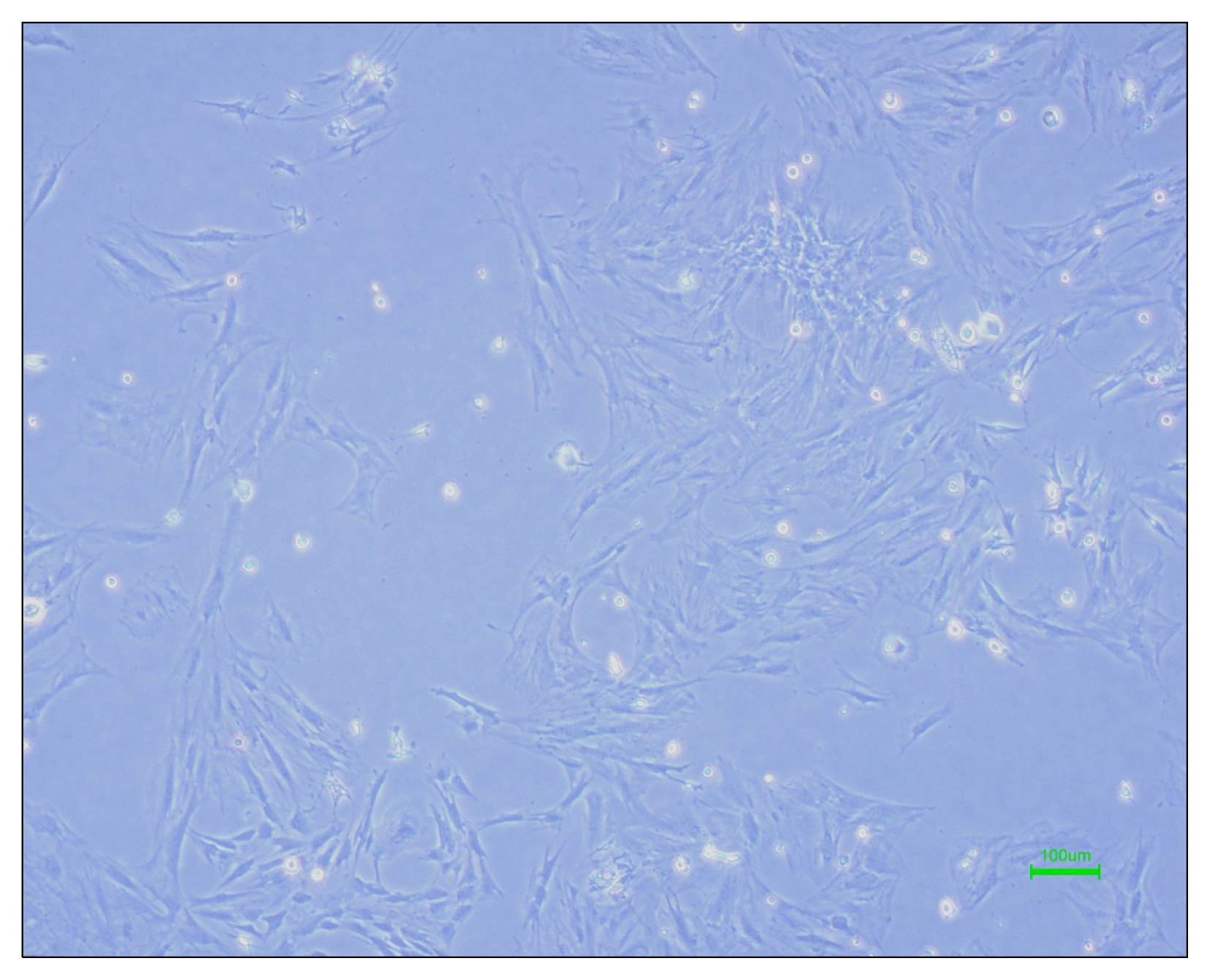
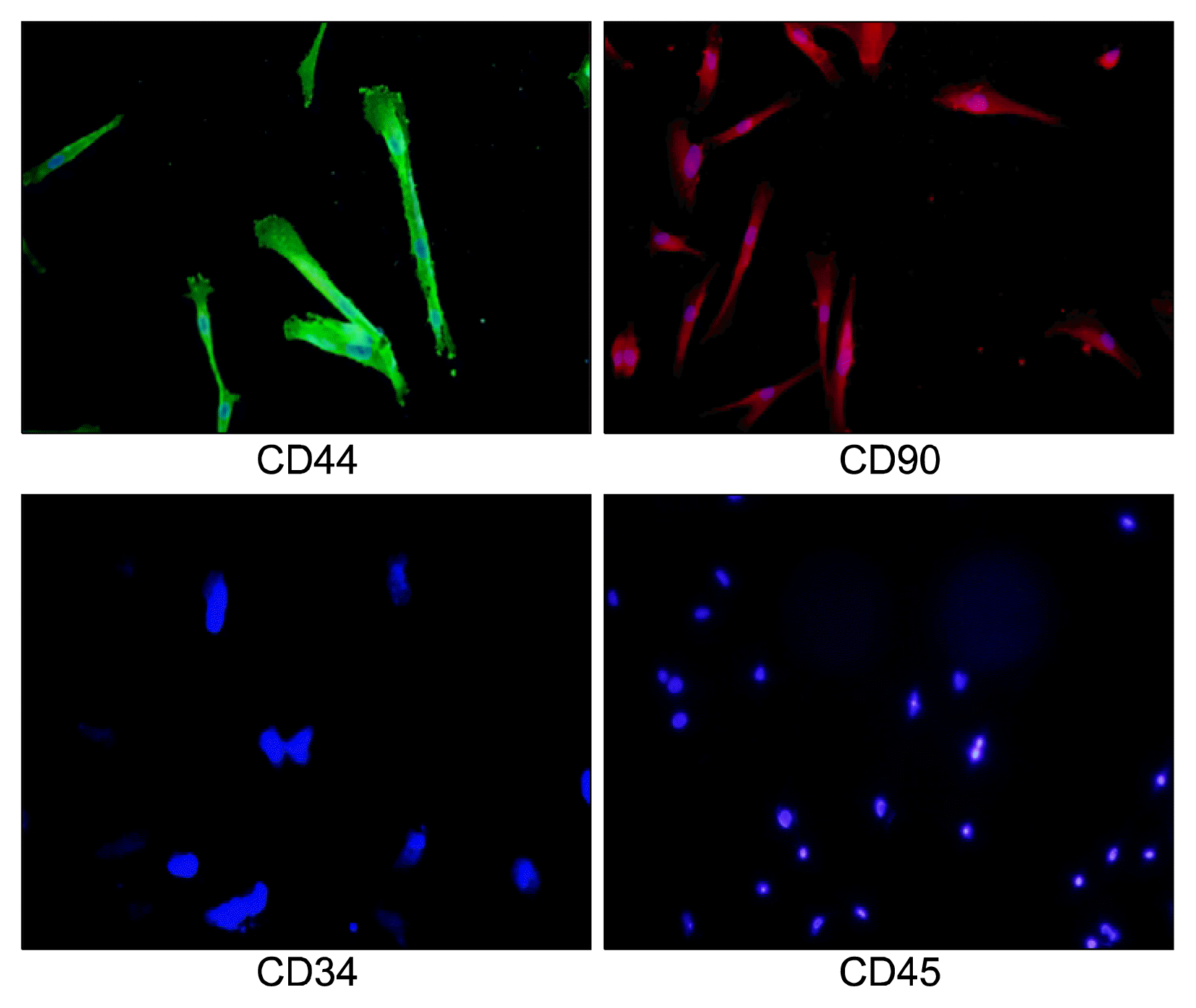
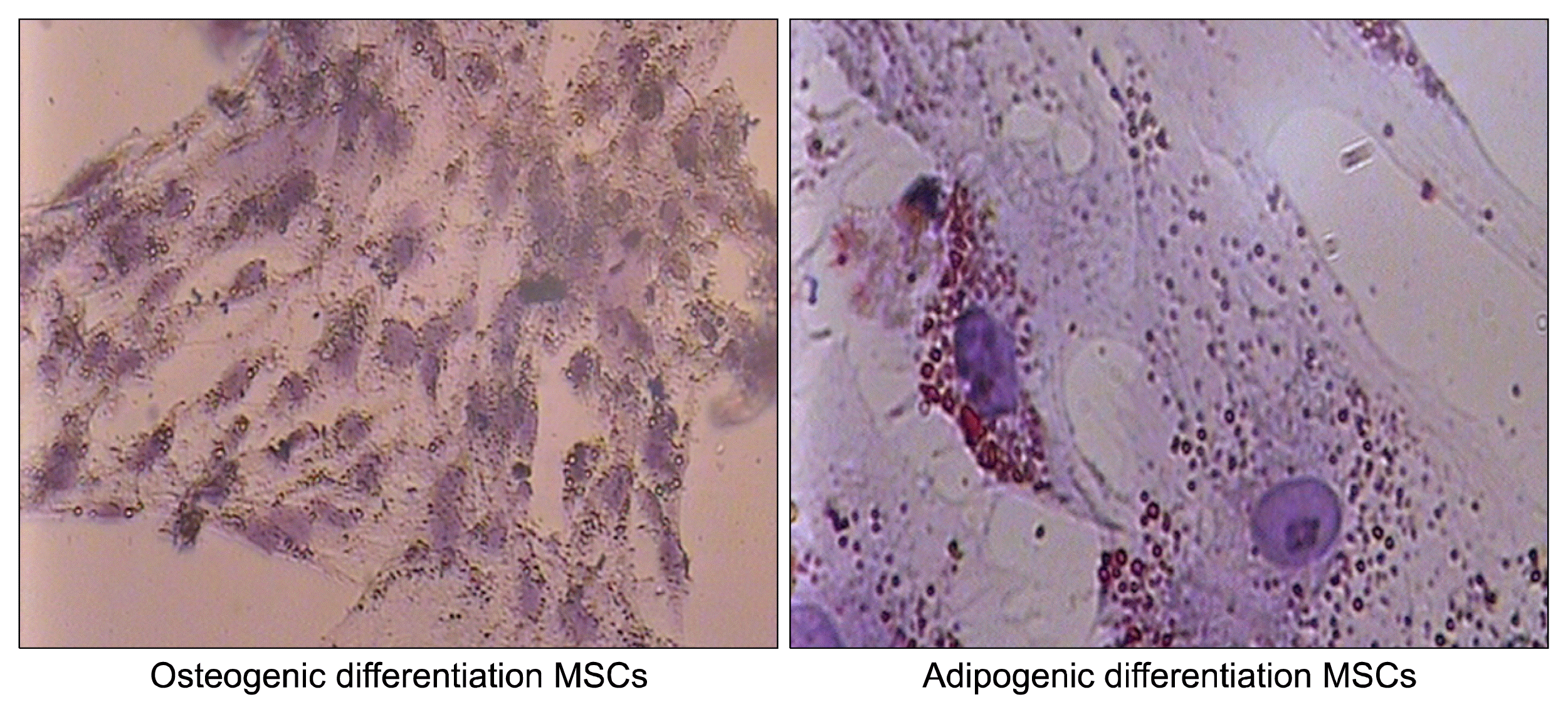
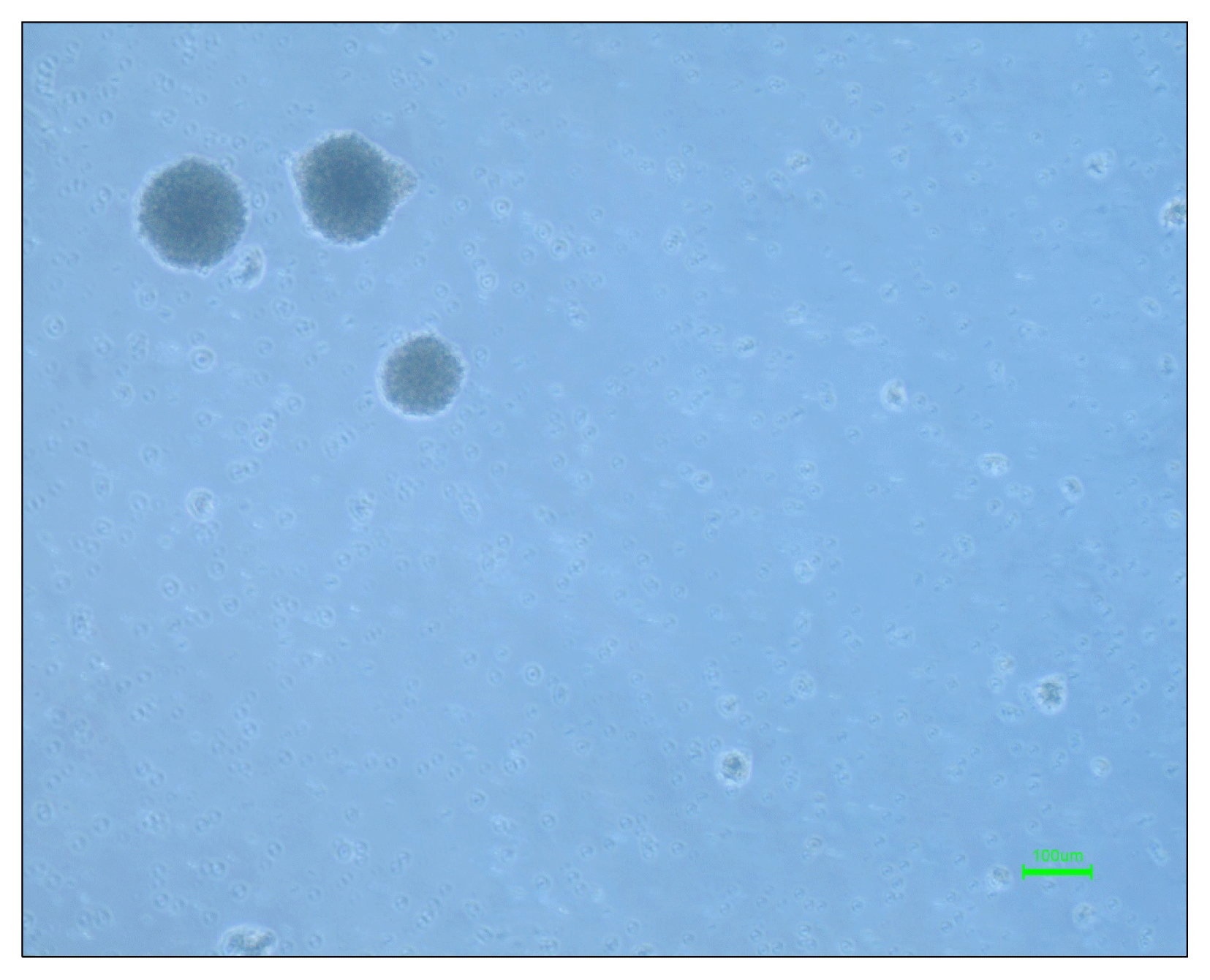
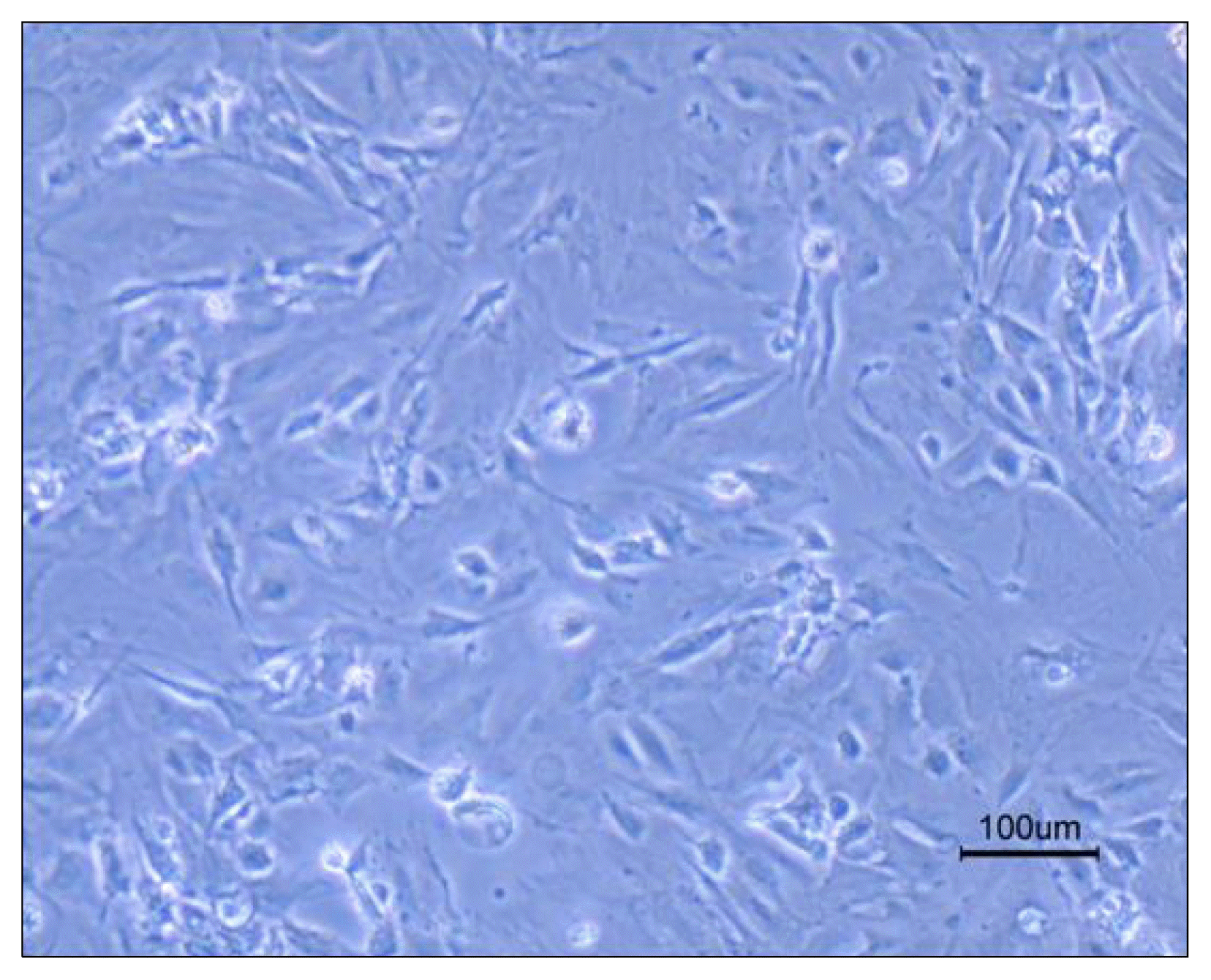
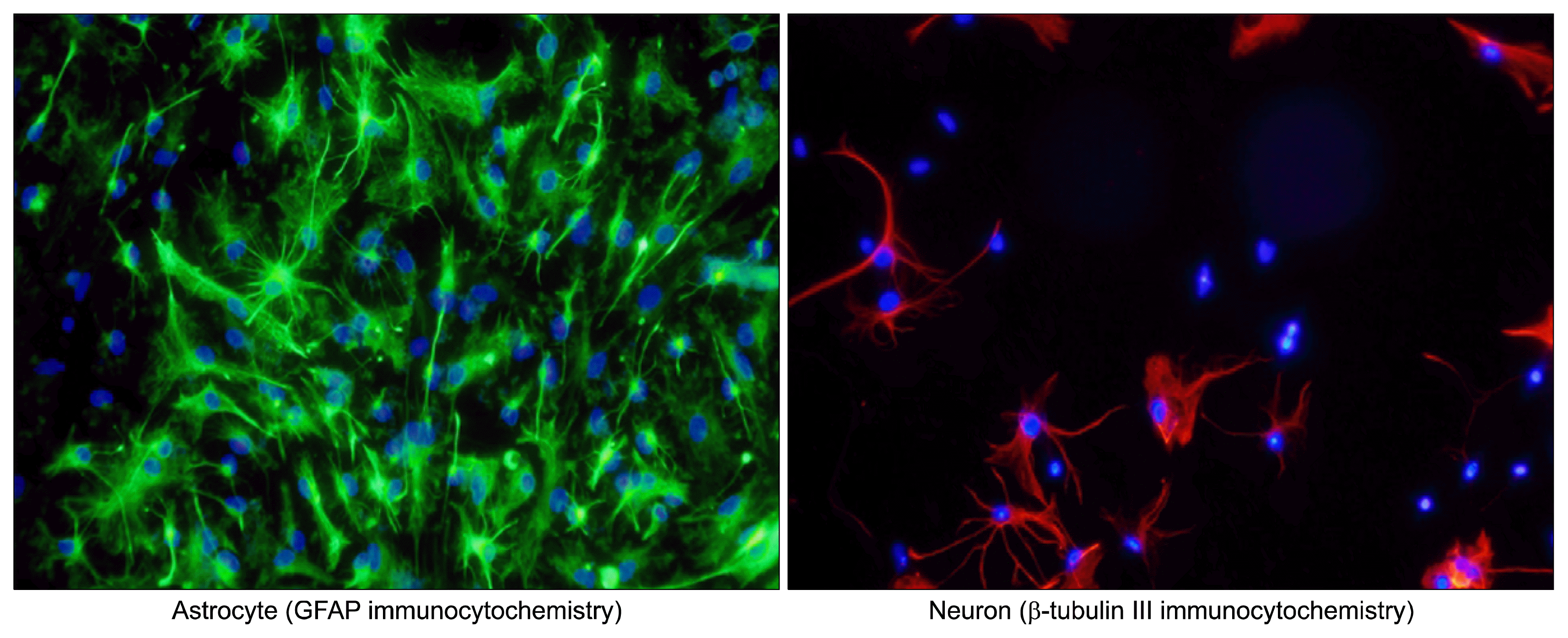
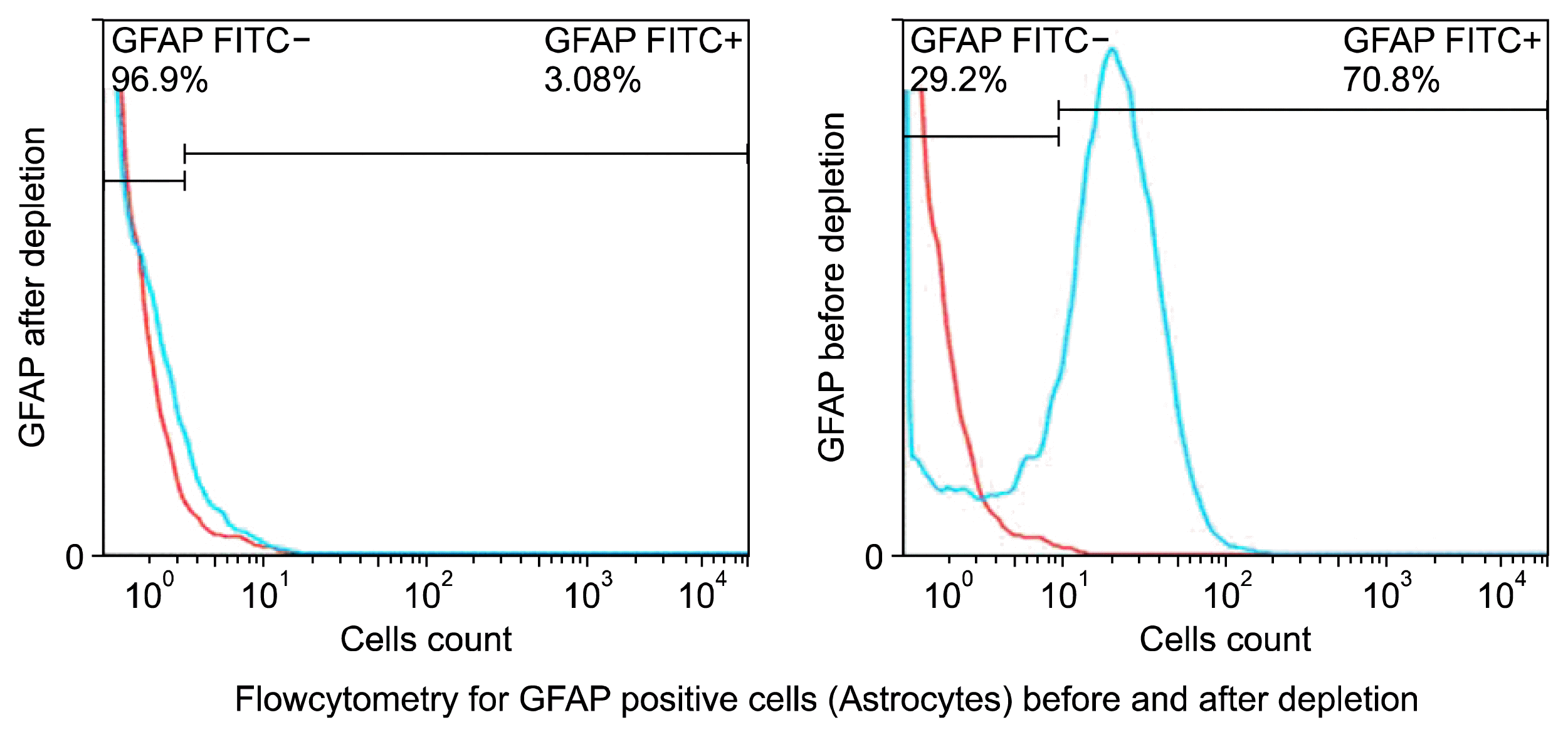
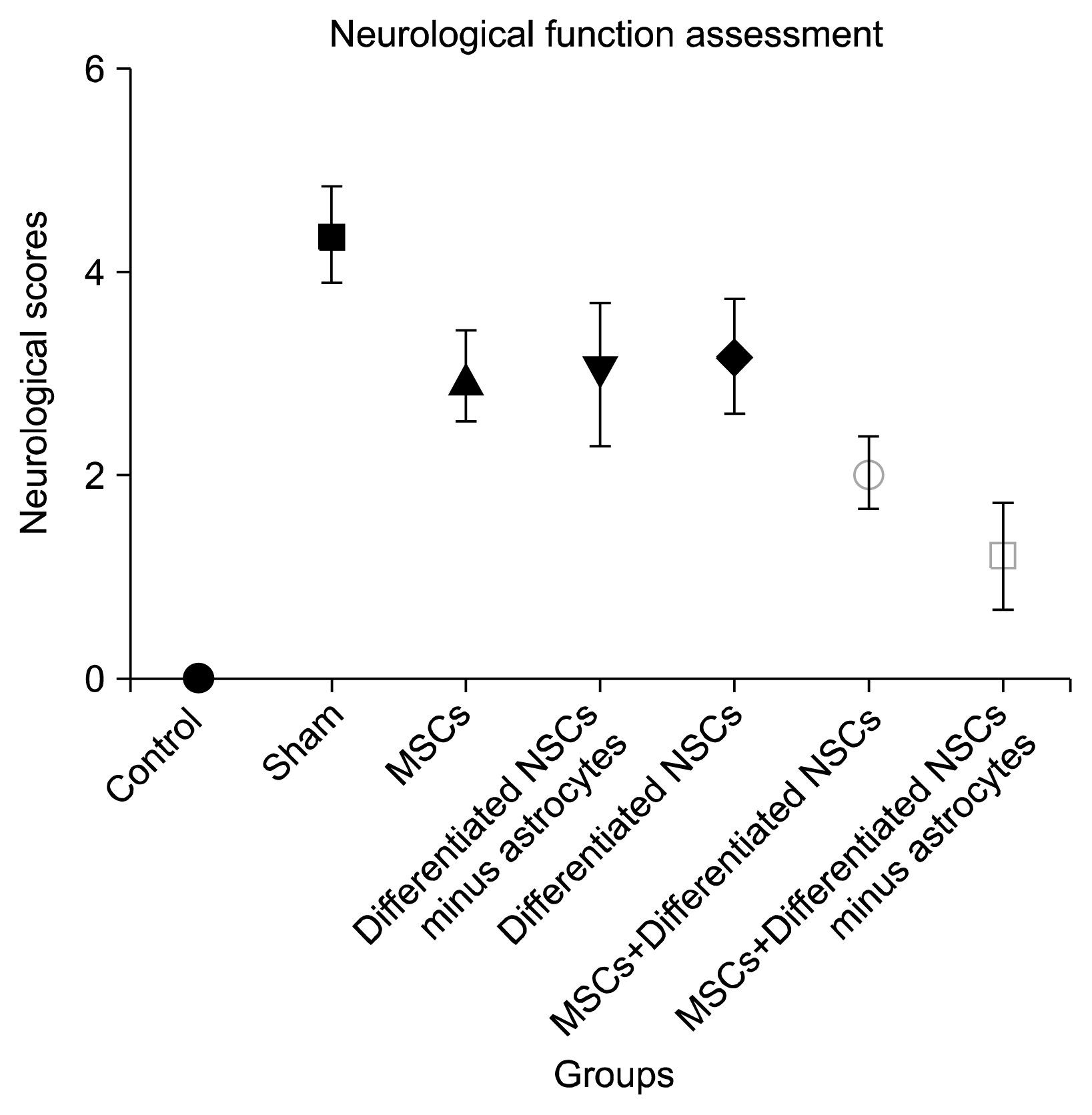
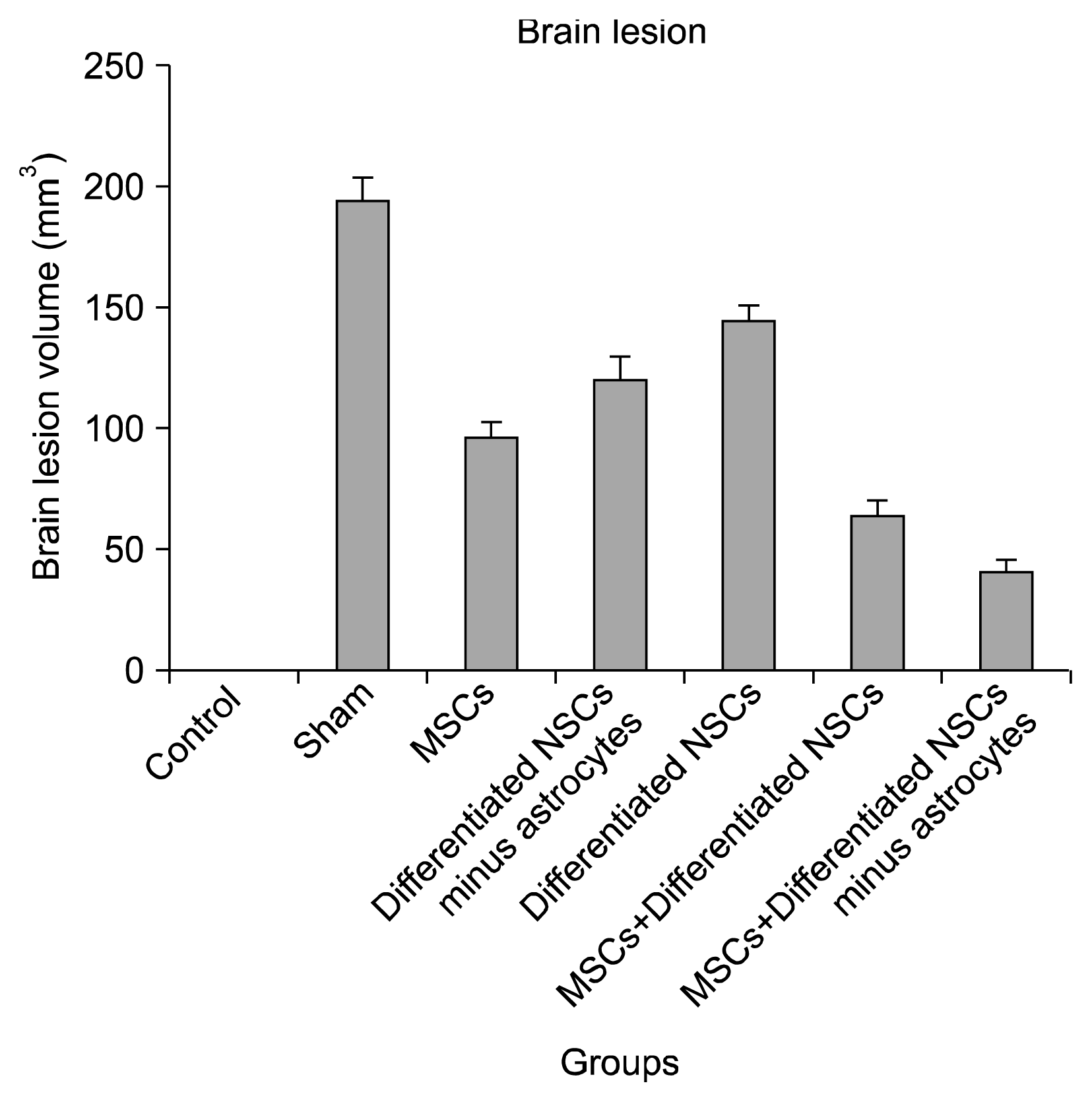
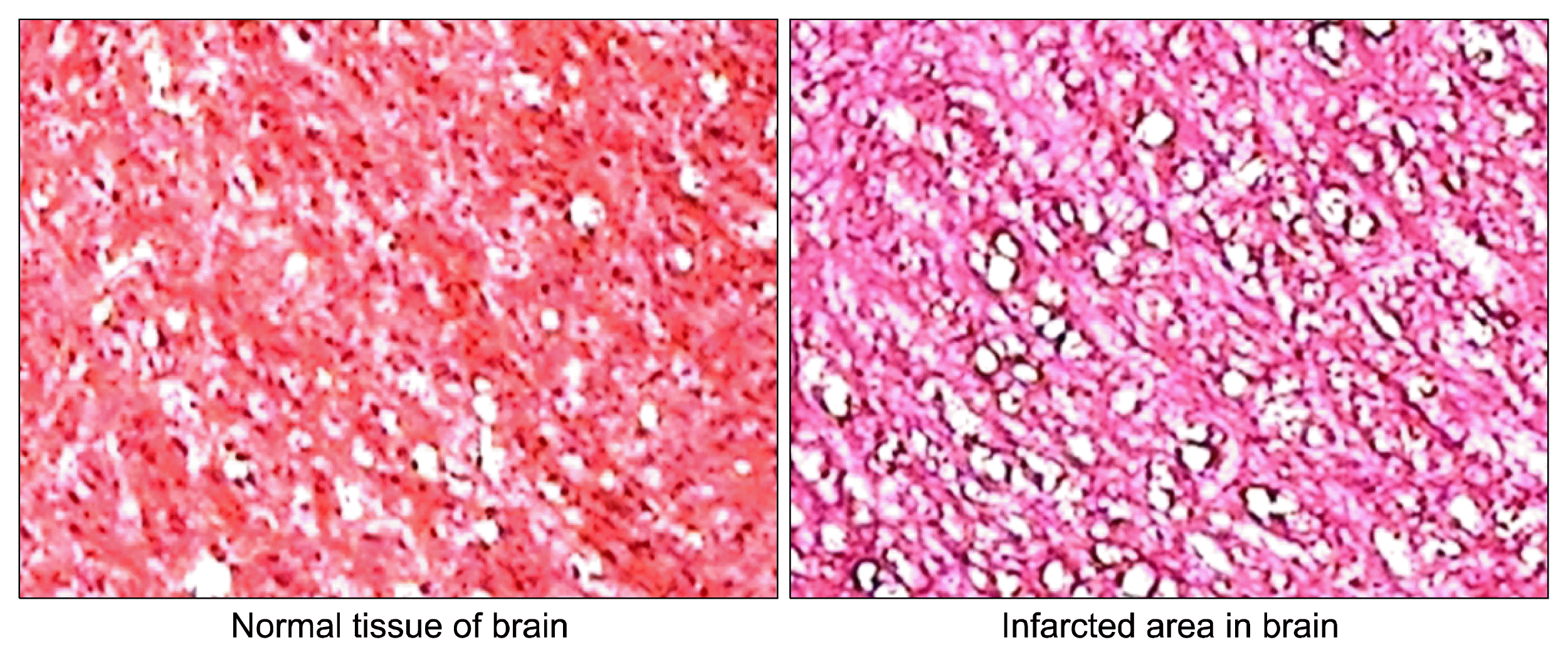
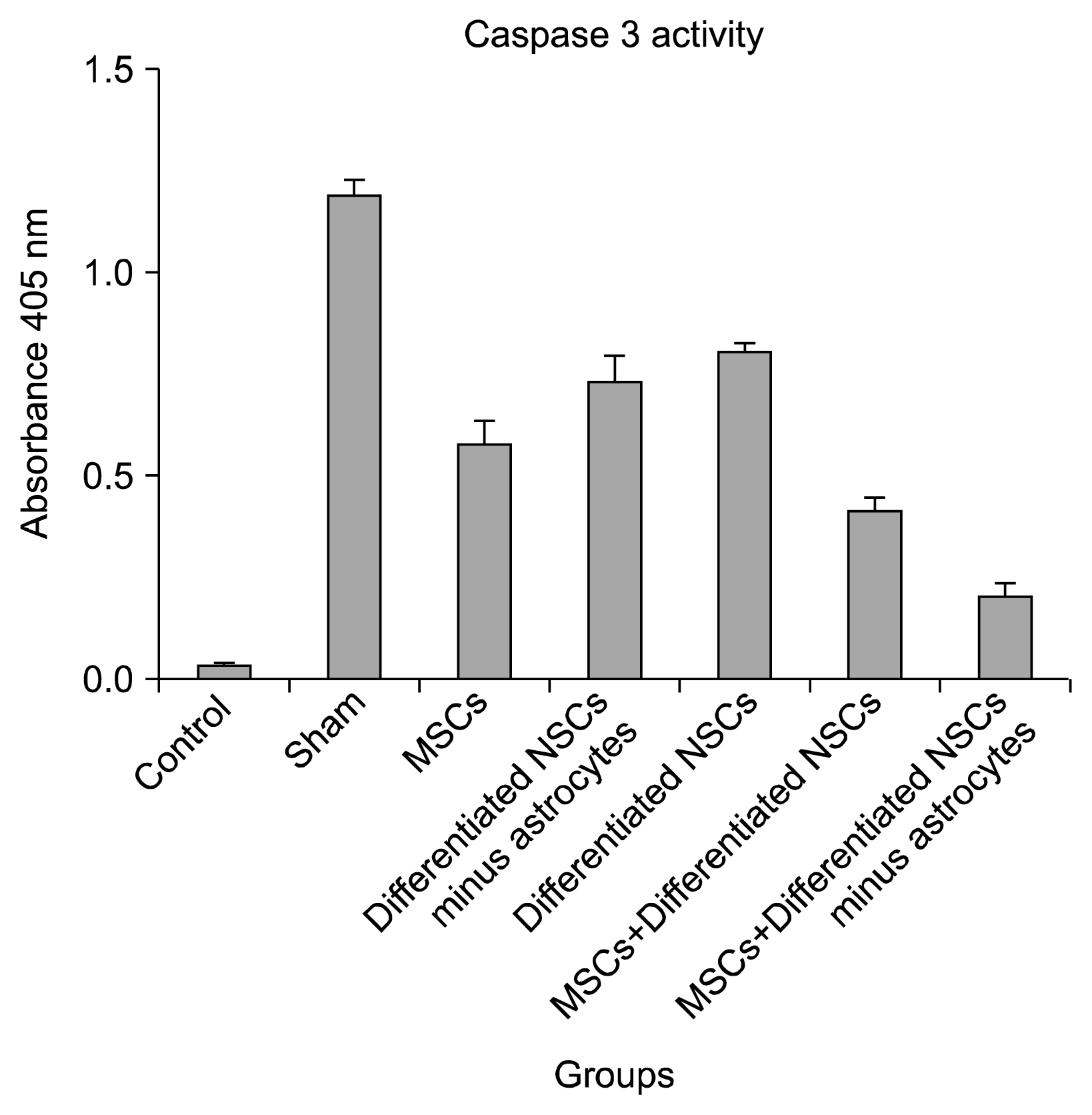
 XML Download
XML Download